Introduction
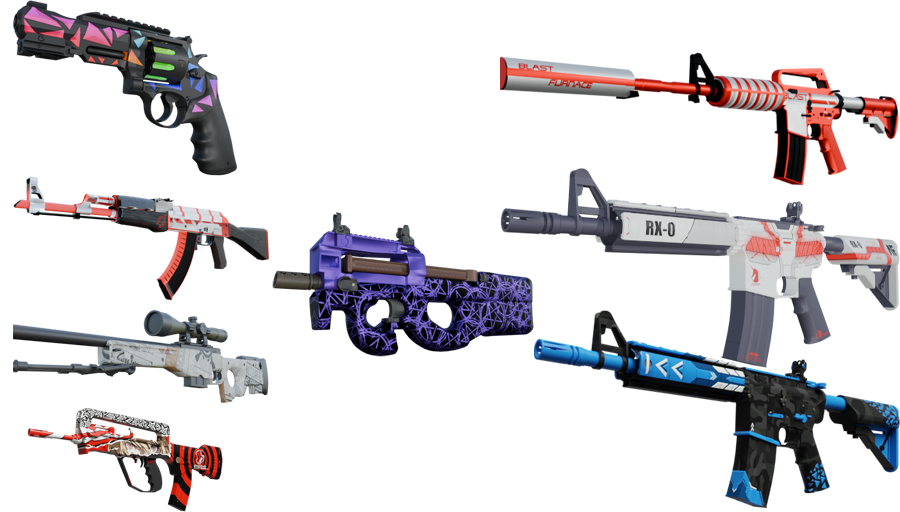
In the following Style Guide, we'll outline the fundamental criteria the Lambda Team uses to choose weapon finishes for inclusion in a Weapon Case. Our aim is to provide you with sufficient knowledge to enhance the likelihood of your designs being chosen and to answer some frequent queries we receive from artists who are new to the process.
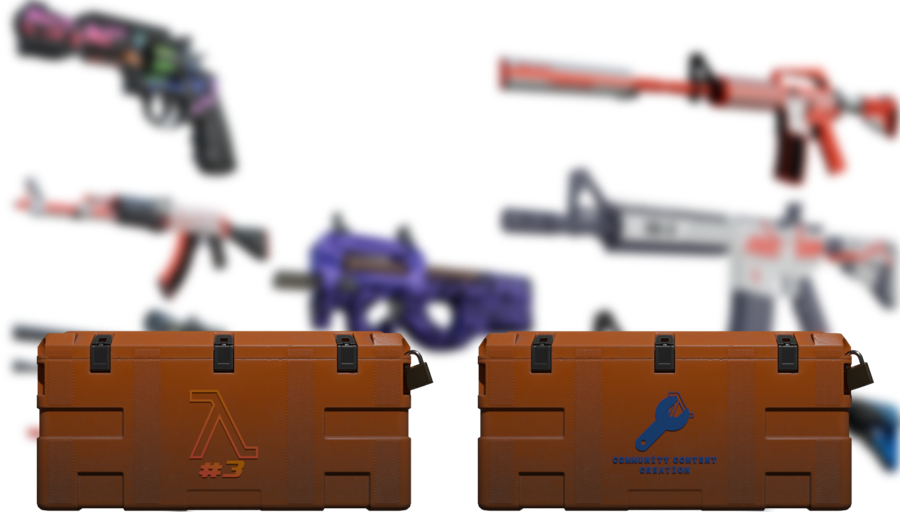
While we offer specific examples and details about our process below, it's crucial to keep in mind that there is significant competition for spots in a weapon case—your designs are up against all other submissions in the Workshop. Although adhering to the guidelines in this Style Guide can enhance your chances, there is no surefire method or quality standard that ensures consistent or successful selections in weapon cases.
Weapon Case Contents
The number of weapon slots in a case is limited, and with Lambda featuring more weapons than there are slots available, we rotate weapons in and out of each case selection.
Before we start selecting finishes, we determine which weapons will be featured in a case. As a result, a standout weapon finish might appear on the Workshop, but it may take one or two cases before it is included. The most successful contributors typically create finishes for a wide range of weapons across all tiers.
How we select weapons
Creating well-executed, highly salient finishes aimed at higher tiers will attract community attention. However, competition for high-utility, high-visibility weapons is intense and typically only accounts for one or two slots in any case. Therefore, if your goal is to be selected, consider also designing subtler but equally well-executed finishes for lower-utility weapons. We monitor community preferences and actively explore the Workshop to find finishes from both new and established contributors.

Modifying a weapon finish and uploading multiple versions that fit different rarity tiers can enhance your chances of being selected. This approach provides greater flexibility, allowing your finish to better align with the weapons we intend to feature in upcoming weapon cases.
The most successful Workshop artists create high-quality finishes across all rarity tiers rather than focusing solely on Covert finishes. While Covert designs can draw community attention and lead us to explore the rest of your portfolio, it’s important to have a diverse range of submissions. In fact, many of the Mil-Spec designs we select come from artists who have a broad and varied portfolio.
Community Voting
When you upload your submission to the Workshop, the voting system can give you an idea of the community's enthusiasm for your finish. This can be a useful tool for assessing your work's direction, but it does have limitations. For instance, the most desirable finishes often receive the most upvotes, but these are usually the most prominent finishes, which primarily helps in selecting top-tier designs. This system is less effective for identifying suitable finishes for lower tiers, so we often make selections that differ from the Workshop votes.

The community often upvotes established finishes they have seen in previous cases, but we generally strive to keep cases feeling fresh by including a mix of new and established finishes. A finish with a unique style that the community hasn’t seen before may not be popular on the Workshop initially, but that doesn’t mean it won’t be a big hit once included in a case.
The Importance of Salience
Salience refers to how noticeable or recognisable something is.
When we observe objects, we identify patterns and contrast in both value and colour. For a design to be highly salient, it must exhibit strong contrast in value or colour (or both) while also being distinct from other designs and easily readable.
Salience and Rarity Tiers
The tiers in a case, ranging from Mil-Spec (blue) to Covert (red), indicate the rarity of an item, which closely correlates with its desirability or prestige. Therefore, we follow some basic rules for the different tiers within a case.
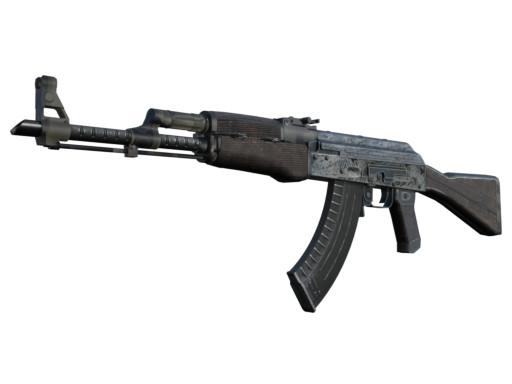
Military Spec (blue)
Least salient items
These finishes are muted, harder to read at a distance, and might look somewhat similar to each other. The audience for a Mil-Spec item is the player holding the item.
Restricted (purple)
Slightly salient items
These finishes are distinct but not flashy and use slightly stronger colour and contrast than Mil-Spec. The audience for a Restricted item is the player holding the item and other players in close quarters.
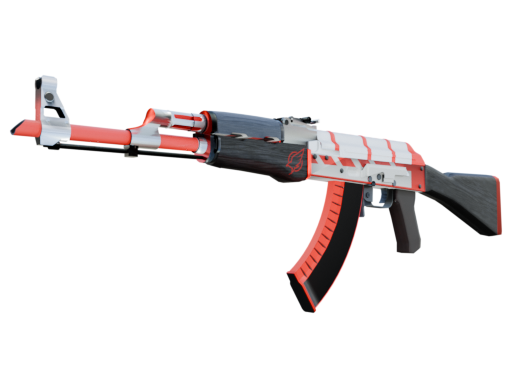
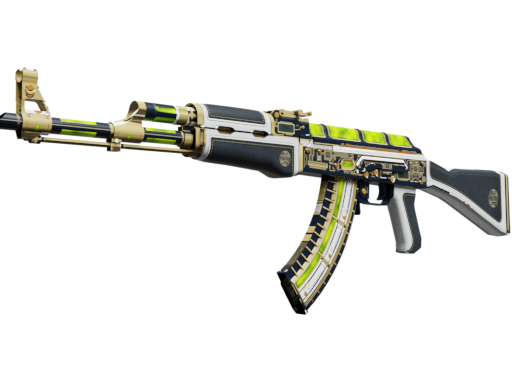
Classified (pink)
More salient items
These finishes are distinct noticeable patterns, make broad use of contrast, and often make use of vibrant colours. The audience for a Classified item is the player holding the item and other players in their general vicinity.
Covert (red)
The most salient items
These finishes have distinct 'loud' patterns, are recognizable at a distance, and are unique relative to other Covert items (e.g., you have to be able to tell one Covert AK from another). The audience for Covert items is everyone in the match.
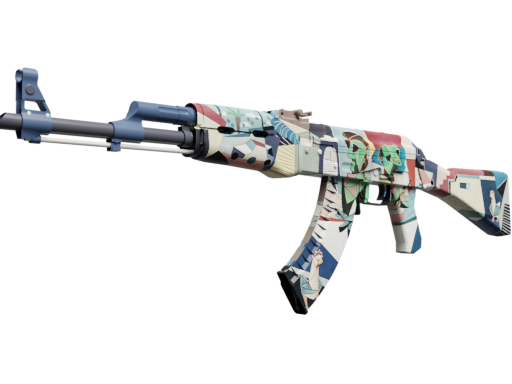
Colours
Colour choice plays a crucial role in designing your finish and can significantly affect the salience of the final product. Experiment with different colour variants to give your finish a unique and fresh appearance.
Saturation & Contrast
Keep saturation and contrast in mind when creating your finish, as adjustments in these areas will significantly impact the weapon's salience and its potential rarity tier. It's beneficial to explore the finish at different rarity tiers and consider submitting various versions.
However, you should avoid using colors that are too bright or too dark. The 'local colors' on a finish should still be able to get darker or lighter in the game. Using pure black can make the weapon appear darker than most shadows in the game, which may look 'broken.' Similarly, overly bright or saturated colors can appear much brighter than their surroundings, making them look like a light source.
Patterns
All patterns should be seamless. Utilizing offset and rotation values can provide the finish with more variety and unique applications. Most patterns can be adapted to create multiple finishes suitable for different rarity tiers by adjusting values and colours. In some cases, adding an Easter egg to the pattern that only appears in certain rotations or offsets can add an extra layer of uniqueness.
Illustrations
When creating an illustrated finish, it is more effective if it interacts with the weapon and feels intentionally designed for it, rather than simply being applied to the side. Discovering new and unique ways to integrate the illustration with the weapon's shape is an excellent way to get noticed.
Final Recommendation
This guide aims to help Workshop contributors understand our decision-making process for selecting finishes and the considerations they should make when creating them. Adhering to this guide can enhance your chances of being selected for future weapon cases, but there are no guarantees, and exceptions to the rules will always exist. We encourage contributors to push boundaries and create new, interesting finishes while using the information provided as a guideline.